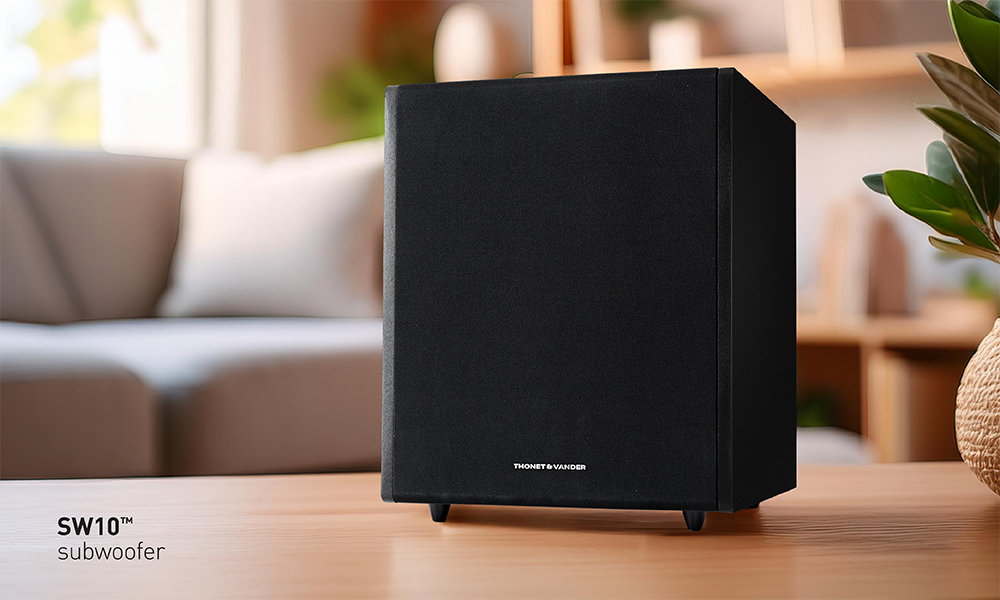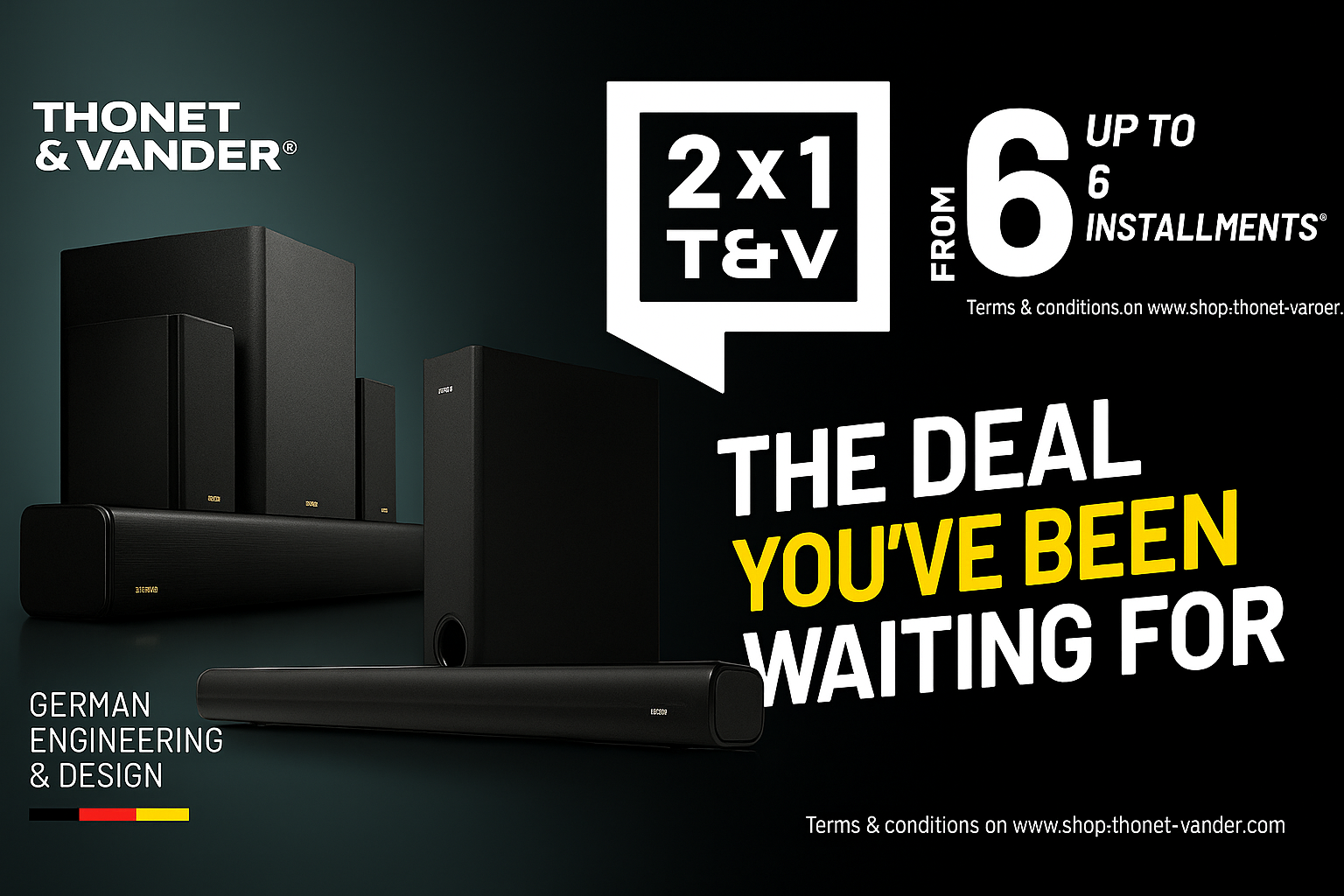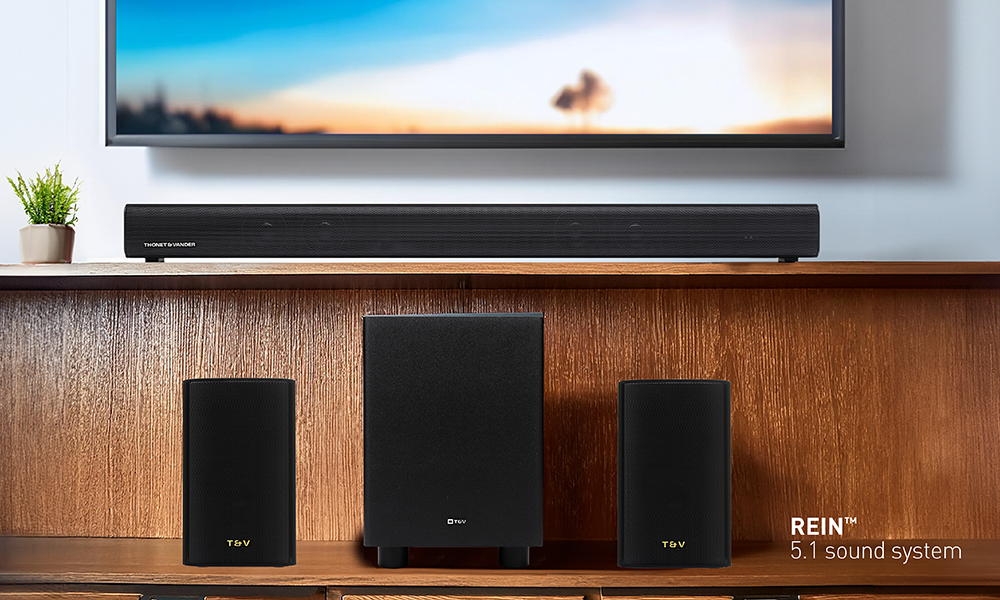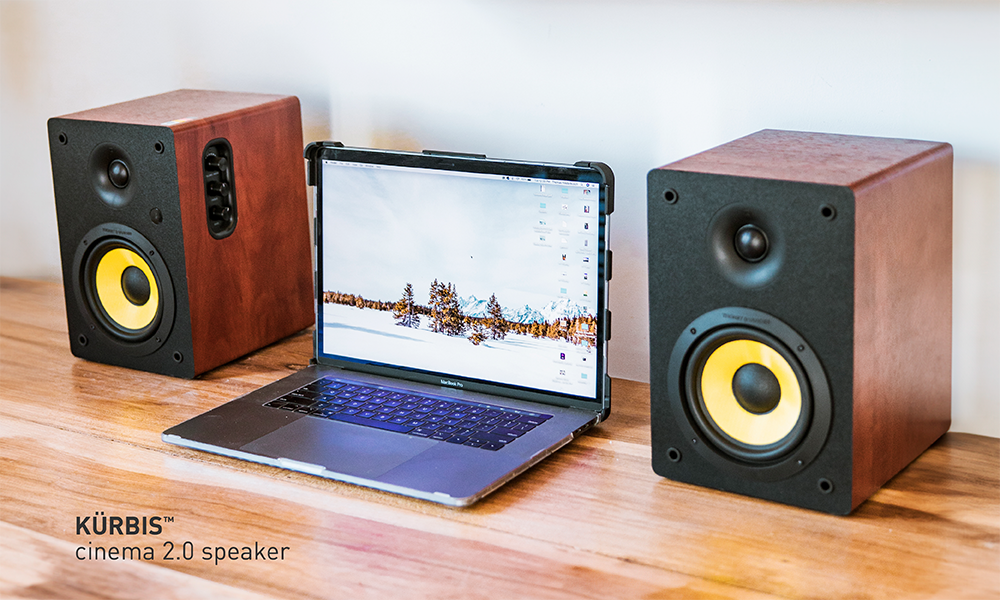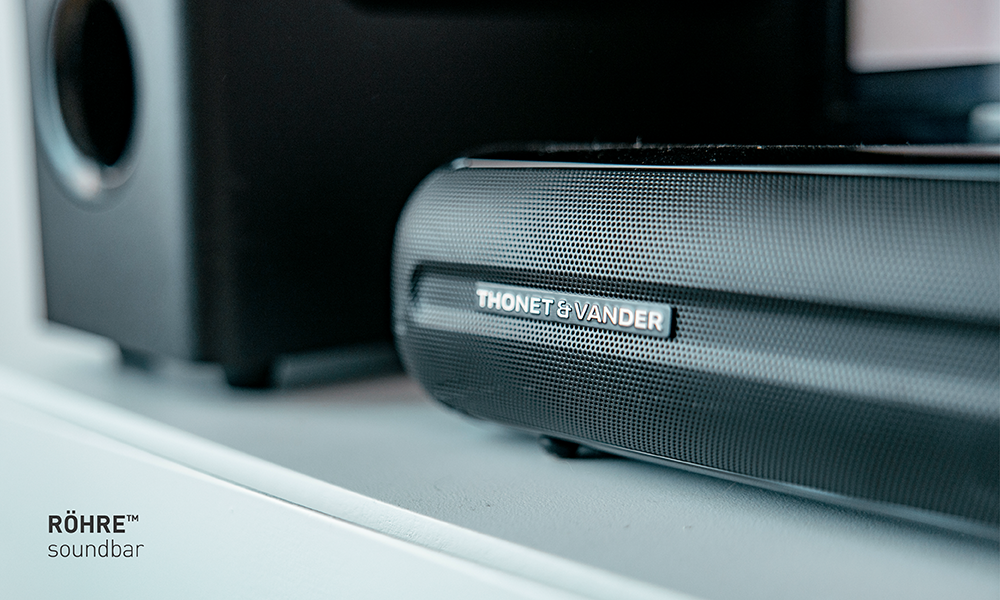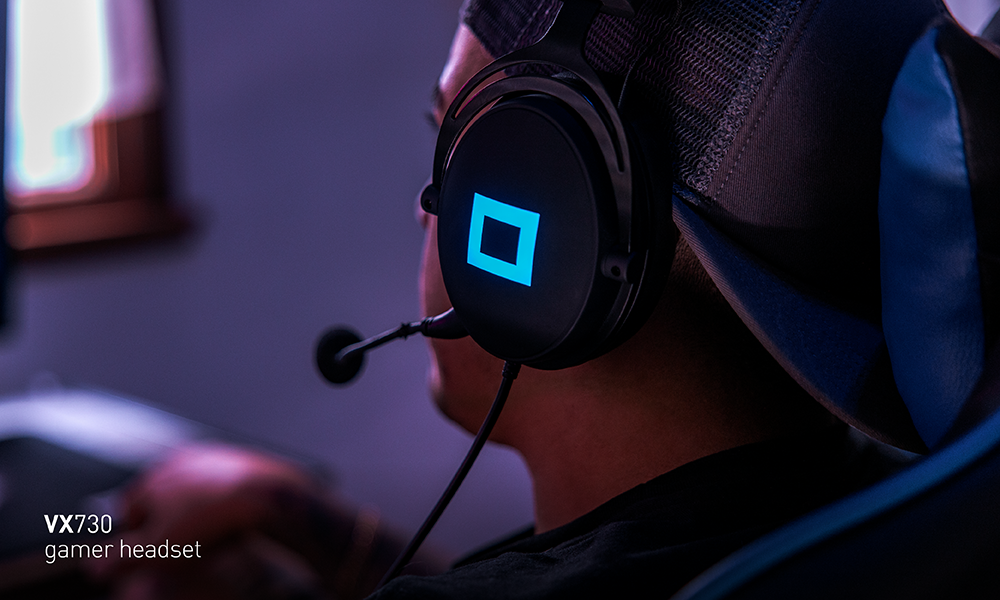Choosing a subwoofer can be a daunting task if you do not have prior knowledge on the subject.
What size should it be? What type of cone is best? How much power do I need?
These are some of the questions that arise when selecting a suitable subwoofer for your audio system.
In this note we advise you to choose your suitable subwoofer:
Subwoofer size
The size of the subwoofer is important, as it will determine how much volume of air it can move. A larger subwoofer can move more air and produce a deeper sound. However, a smaller subwoofer may be easier to install and may work well in smaller rooms. Most home audio systems use subwoofers up to 10 inches.
cone type
The type of subwoofer cone is also important when it comes to your choice. The subwoofer cone can be made of different materials, such as paper, polypropylene, Kevlar or fiberglass. Each material has its own advantages and disadvantages. If you're unsure about which material to choose for your subwoofer, you may want to look for online reviews from other buyers to help you make a decision.
Power
The power of a subwoofer is measured in W RMS. The higher the power, the louder the sound the subwoofer produces. However, too high power can also damage your audio system or even your hearing. As a general rule, the power of the subwoofer should equal half the total power of your audio system.
Sensitivity
The sensitivity of a subwoofer is measured in decibels (dB) and refers to the amount of sound it can produce with a certain amount of power. A subwoofer with a high sensitivity can produce more sound with the same amount of power than one with a low sensitivity. If your amplifier or audio receiver doesn't have much power, you may want to look for a subwoofer with a high sensitivity to maximize its performance.
Venue design
The design of the subwoofer enclosure can also affect its performance. The subwoofer can be sealed or have an opening. Sealed subwoofers tend to be more precise and controlled, while aperture subwoofers tend to produce a louder, deeper sound. If you're looking for a more precise and controlled sound, a sealed subwoofer could be a good option. If you're looking for a louder, deeper sound, an aperture subwoofer might be a better choice.
At Thonet & Vander we are always at the forefront.
That is why after a thorough design process and understanding the needs of users, we have developed the new SW10 subwoofer.
There are many advantages that we can highlight of the new SW10 subwoofer, such as the versatility to function as an active or passive subwoofer, its built-in crossover to divide variable frequencies and, especially, its multiple connectivity. The SW10 subwoofer can be connected to virtually any audio system modern or vintage, active or passive.
